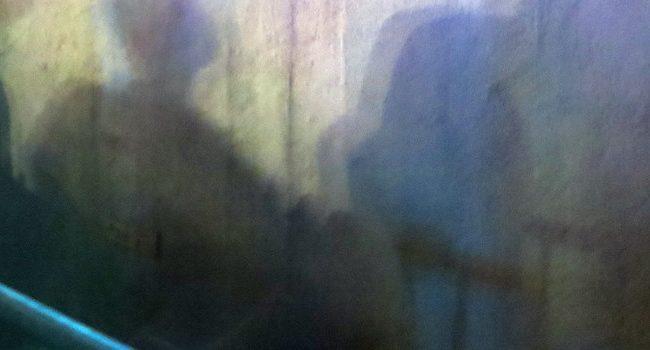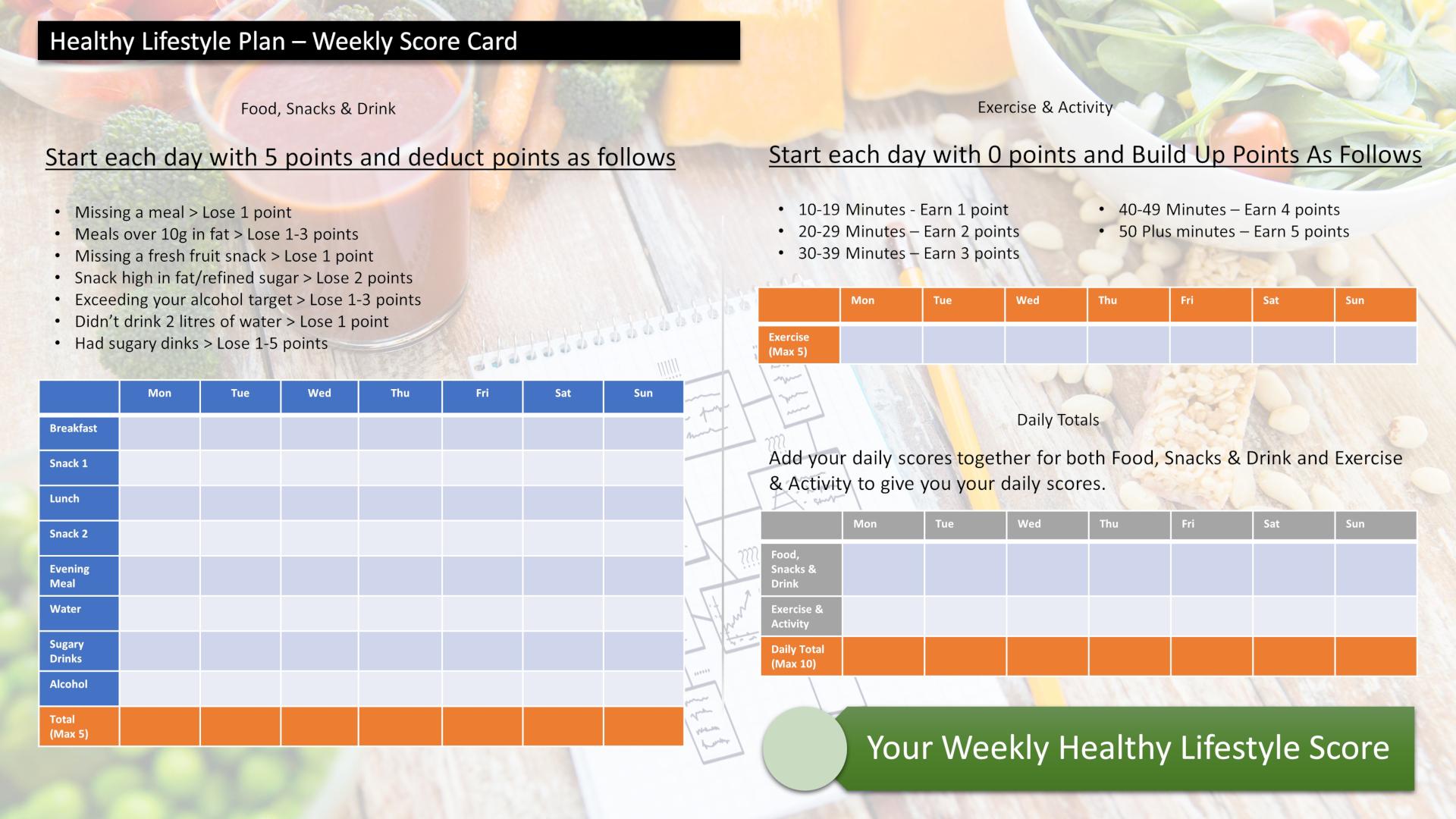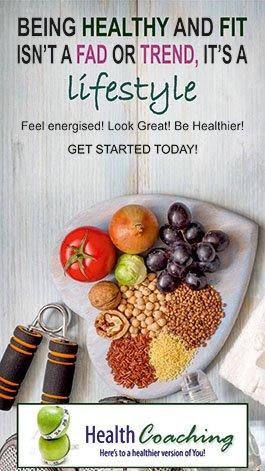There are many types of disabilities that affect a person’s life as a consequence of an impairment that may be physical, cognitive, mental, sensory, emotional, developmental, or some combination of these. A disability may be clear to see by everyone or impossible to tell.
Today I want to draw to your attention to what are called an Invisible disability. These are the ones which are not instantly observable to the naked eye or from immediately talking to someone. They may be physical, emotional or mental.
An invisible disability is a hidden disability. It can take many forms. It can be an illness such as cancer or a respiratory illness which can prevent a person from walking far or carrying heavy objects. Hearing loss and visual impairment are also hidden.
The Invisible Disabilities Week ran between 18th to 24th October. According to the Invisible Disabilities Association, “the term invisible disability refers to symptoms such as debilitating pain, fatigue, dizziness, cognitive dysfunctions, brain injuries, learning differences and mental health disorders, as well as hearing and vision impairments. These are not always obvious to the onlooker, but can sometimes or always limit daily activities, range from mild challenges to severe limitations and vary from person to person.”
The problem of low-vision or visual impairment seems to confuse many. The fact that an individual is not using a white cane, being supported by a guide dog, having an eye patch or permanently wearing dark glasses seems to make others question can there be anything wrong with them. One of the major problems faced by people who have invisible disabilities is that other people can’t see the disability and so often don’t believe they can be disabled.
By looking at me you can’t tell there’s anything wrong, you can’t see what I can see, or in fact can’t see. Yet it also goes further than just my sight. It has had a considerable knock-on effect in that I suffer now from frequent tiredness and fatigue, shortness of breath, sleep problems and dizziness. All these are also invisible.
Yes I have an invisible disability. You don’t know I’m virtually blind in my right eye and you certainly can’t see all the difficulties I’ve encountered because of it. OK if you look at me closely you’ll notice my right hand side of my face has lots of facial hair missed through shaving. When drinking if using my right hand you may notice liquid missing my mouth and splattering down my shirt. Also at times I may walk like I’m drunk because I have to look down at my feet to avoid uneven pavements and obstacles which does making walking straight quite complicated. But look at me and you won’t know there’s anything wrong at all.
Even our loved ones at times make their own visual diagnosis about us and come to the conclusion that we are embellishing our situation or trying to pull the wool over their eyes, because we look fine. Even professionals struggle with believing our conditions and the difficulties it causes. At times we question our own self sometimes wondering whether we are frauds. Our disabilities and its impact is sometimes to hard to convey to others particularly when they can’t actually see anything’s wrong.
Let me define to you the meaning of Invisible Illness.
“The term invisible illness refers to any medical condition that is not outwardly visible to others, even health care professionals. Invisible illnesses encompass a broad range of conditions, including heart disease, diabetes, dementia, psychiatric illness, autoimmune disorders, and even cancer.” Social Work Today
In a nutshell, WE DON’T LOOK ILL!
So even though many of us are constantly being challenged by our health, frequently in pain and often struggling with getting through the day, we often have to contend with the doubt and scepticism from others like our friends, family, and co-workers, as well as strangers — who don’t understand what’s wrong with us.
Often our biggest problem is we look to good. Dam there goes my ego again. So others doubt what our conditions really are. They think that maybe we’re exaggerating, faking or simply not trying hard enough to get better.
Of course it would be easier, far easier if we had the support of others who we care for but that isn’t always possible. The kindest thing you can do for yourself is to support yourself regardless. You have to be your number one ally. Believing that you can adapt to your disability, taking 100% responsibility for what you now do, and holding on to the hope that life can still be simply awesome despite your disability.
“Setting goals is the first step in turning the invisible into the visible.” Anthony Robbins
In that quote I believe lies your answer to adapting and coping with your disability and ensuring your bright future, no matter how different it may have been if your disability hadn’t occurred. Goals change lives, they direct action, they can ensure you end up where you want to be. You may have an invisible disability , but your future happiness and success can be seen in techni-colour. It’s going to be down to you.
“And now here is my secret, a very simple secret; it is only with the heart that one can see rightly, what is essential is invisible to the eye.” Antoine de Saint-Exupery
Score Your Way To Good Health - With Our Healthy Lifestyle Plan
Score your way to good health with our healthy lifestyle plan and it's unique 70 point weekly scorecard!



